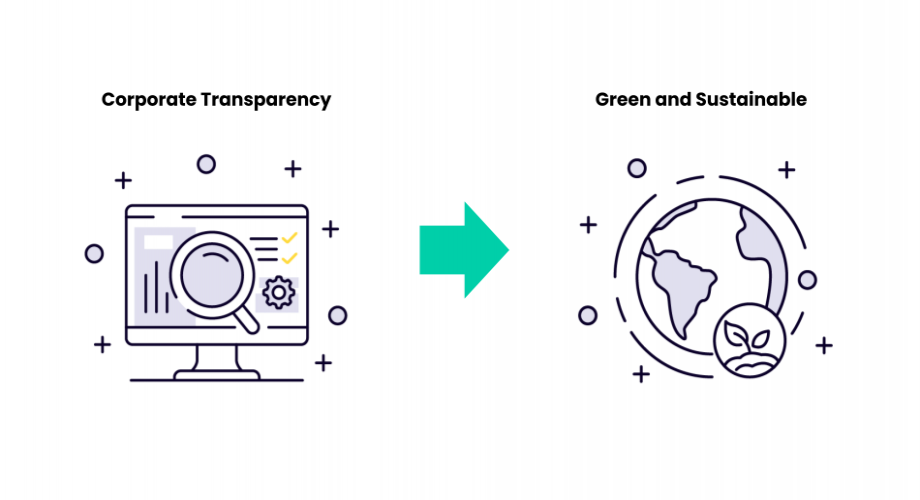
If we look back at how we interacted with each other a few years back versus today - for most of us - a lot has changed. On the bright side, it’s a lot easier to park our bikes.
We measure organizations and their culture by looking at positive outcome variables such as engagement, tenure, productivity, absenteeism, and also more dynamic variables such as job referrals and social participation.
When everyone was working from home we saw the relevance of “Corporate Transparency” shoot up by 400%. In early 2019 only 45% of organizations found it “slightly relevant” and 19% found it “relevant”. Conversely, at the beginning of 2021, we saw 92% labeling it as “slightly relevant” and 75% of organizations labeling it at least “relevant”.
Needless to say, many of those organizations that did not find Transparency “relevant” at all have shown record high burnout rates and churn surges. The reason why is simple. Because - in most cases - actions and rewards are seldomly instant, working professionals tend to become very insecure about their professional life. When they don’t know what’s going on they have the tendency to avoid all risks and disengage from proper decision-making (Ellsberg Paradox). This in turn creates a downward spiral of uncertainty and disengagement.
Today, in the last leg of 2022, we find that most companies have successfully adapted, and "normality" is returning. When we look at the data from June onwards we see that only 34% of people still hold Corporate Transparency as relevant and it's going further down at the time of writing. When it comes to corporate behavior, surges like these usually become hyper-relevant focal points and then swiftly transform into hygiene factors as organizations react (see also two-factor theory).
There’s a new sheriff in town:
Inadvertently, when something goes down that fast it can sometimes mean two things. Often the trend was seasonal or periodical but sometimes it is caused by a new dominant factor taking all the shine.
If you watch any news I’m sure you have seen that Patagonia’s founder just donated an entire company to fight climate change (the guardian). It motivated our analysts to dive into cultural trend data and look at the variables of Corporate Social Responsibility and Purpose. When looking at these variables we typically expect fluctuations between 5-8% from time to time as priorities tend to change.
However, we found that this particular Cultural Preference of the organizations in our database has roughly tripled (3x). The variable we’re talking about is “Green and Sustainable”.
We can safely say that the green revolution has taken over the pole position in our current trends. As we've seen before, this has huge consequences for the labor market. First of all, and as you can see from the Transparency sample, not being Green and Sustainable will lead to disengagement and lack of competitiveness. Secondly, if you aren’t attractive to incoming talent because your policies and culture aren’t ready for this revolution you will not be able to market yourself in the labor market effectively.
Lastly, some platforms (amongst which some of our direct partners) are starting to give preferential status to verifiable sustainability-oriented businesses. This means that your chances of being noticed on massive user platforms are going to be dwindling. Just like with the pandemic and the Transparency trend this is a wave that will eventually lose its relevance but only after the market has chosen its winners and losers. It’s up to you to decide which side you belong to.